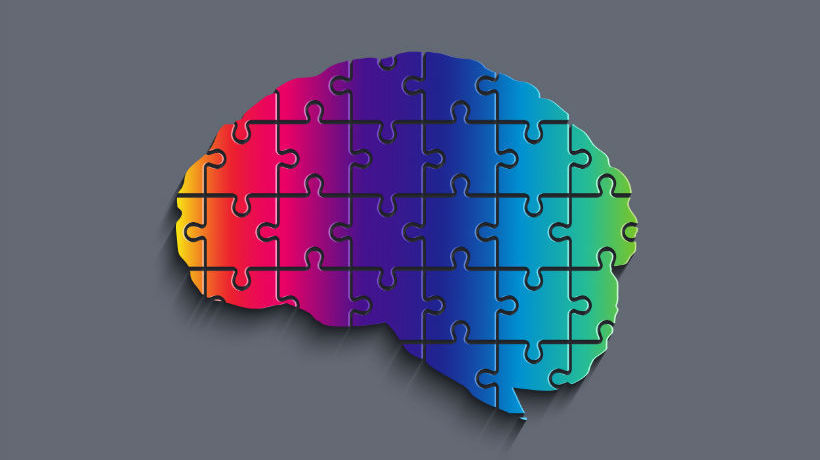The Quintessential of Generative Learning Theory
The concept behind the Generative Learning Theory lies on “schemata”, which are outlined in Frederic Bartlett's Schema Theory. It suggests that the learning process is based on the memory that is already stored in our brains, wherein new data is added to our long term memory and becomes part of our knowledge base. The Theory of Generative Learning is based on the assumption that the human brain does not just passively observe its environment or the events it experiences, but that it constructs its own perceptions about problems, scenarios, and experiences.
The 4 Key Concepts of Generative Learning Theory
The Generative Learning Theory involves four key concepts that instructional designers can involve (all four of them or just one) depending on the needs of the learner and the learning materials involved.
- Recall occurs when the learner accesses information stored in his long term memory. The primary goal is to encourage learners to learn a content that is based upon facts by using information they have already acquired. Examples of recall techniques might be having the learner repeat information or reviewing it until the concept is fully grasped.
- Integration involves the learner integrating new information with knowledge already collected and stored. The aim is to alter this information into a form, which the learner can more easily remember and access later on. Examples of an integration activity might be having the learner paraphrase the content or creating analogies to explain a concept.
- Organization involves learners linking knowledge they've already collected to new concepts in an effective way. Examples of organization strategies may include creating lists or analyzing the main points of a specific concept.
- Elaboration involves the encouragement of the learner to connect and add new concepts to information that they've already collected, by analyzing the ideas. Examples of elaboration techniques include creative writing, expanding upon a sentence or thought, and visual representations of mental images.
Applying The Generative Learning Theory
The Generative Learning Theory encourages learners to become fully immersed in learning, so that they can develop new strategies on how to solve problems or scenarios. It also allows instructors to not have to fill in the “gaps” when instructing learners. For example, if a lesson involves a topic that is well known to the learner, the instructor can simply provide them with new information, rather than just a background of the content. This saves time and makes the learning process more effective, especially in larger classes.
Join us at the Instructional Design History Journey
A New Instructional Design Model Will Be Added Every Week! You are more than welcome to let us know if you would like us to cover an instructional design model and theory that is not included at the Instructional Design Models and Theories. Simply leave a comment at the Instructional Design Models and Theories.
References
- Merlin C. Wittrock's Enduring Contributions to the Science of Learning
- Generative Learning Theory, Paradigm Shifts, and Constructivism in Educational Psychology: A Tribute to Merl Wittrock
- Reflections on Wittrock’s Generative Model of Learning: A Motivation Perspective
- Generative Learning: Principles and Implications for Making Meaning







